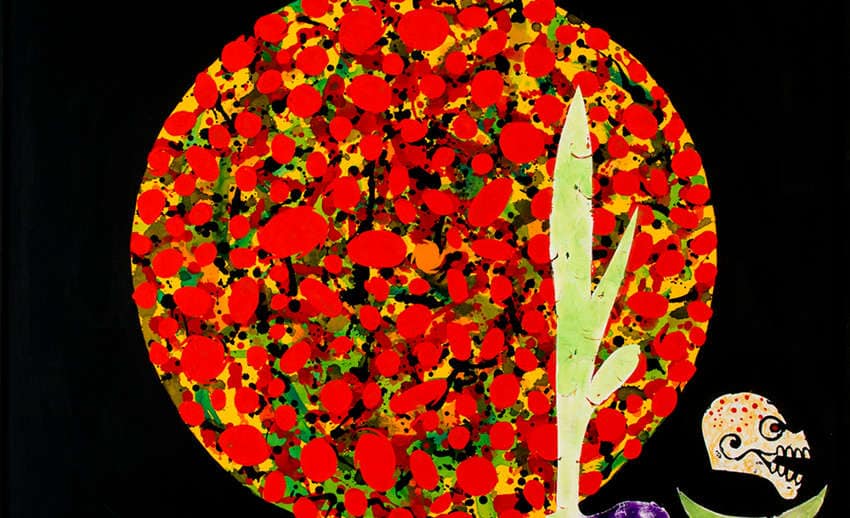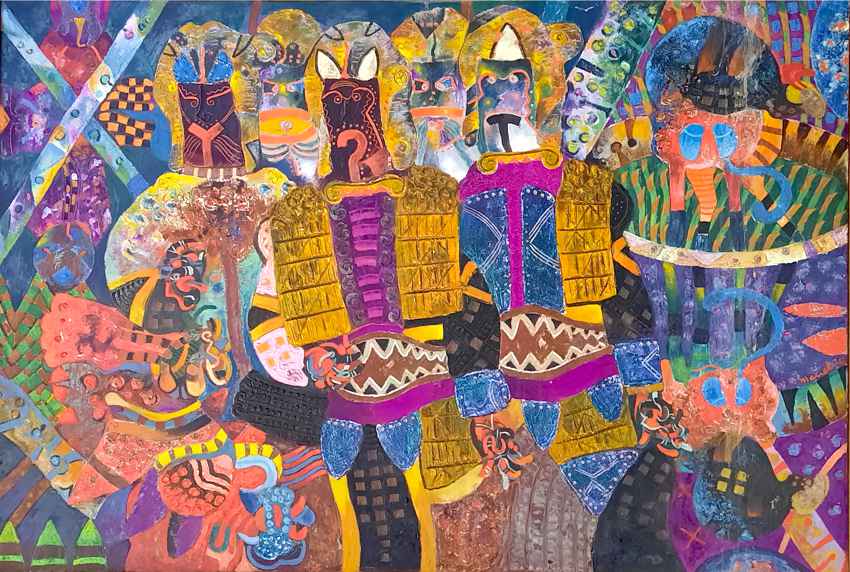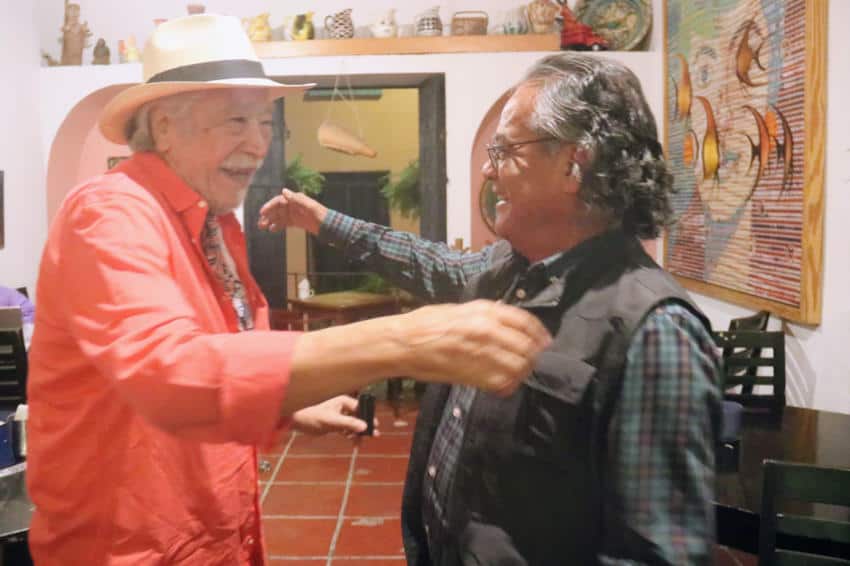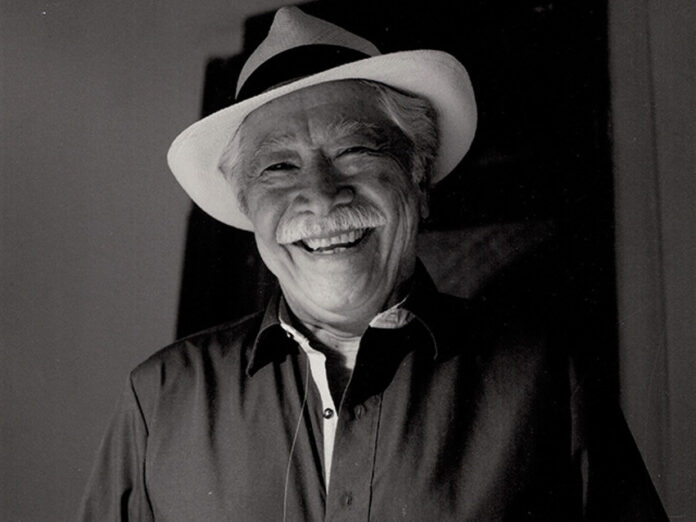One of Mexico’s most beloved and well-known artists is Leonel Maciel. Now in his 80s, Maciel grew up in the small town of Petatlán, just 45 minutes from Ixtapa-Zihuatanejo, which lies in Guerrero’s Costa Grande region.
By chance, Maciel was visiting Coacoyul from his main home in Cuernavaca. I was invited to join Maciel and his family and friends for lunch at a restaurant at the Museo del Coco in Coacoyul.

Years ago, Leonel Maciel, together with his brother Carlos Maciel, who is also a famous Mexican artist, created a breathtaking double-sided mural that dominates the entrance to the compound. It measures 4 meters high by 20 meters wide and tells the story of the coconuts’ importance to the region. This stunning masterpiece alone makes Coacoyul well worth a visit.
At our first meeting, Maciel quickly put me at ease; he was charming and immediately likable. Although he spoke very little English, his nephew and other guests were there to help me when I got stuck. I even joked that my Spanish was better with mezcal, and soon a bottle appeared in front of me, to much laughter, followed by a toast to new friendships.
During the meal, I caught a glimpse of who he was — humble, humorous, interesting and dedicated to his work. After enjoying the food and a couple of shots, I excused myself with the promise of another meeting.
Our second meeting was a couple of weeks later at a popular downtown restaurant in Zihuatanejo, La Sirena Gorda. Armed with extensive research from a retrospective art book about him entitled “Leonel Maciel, El Buscador Impentiente (The Unrepentant Seeker),” I felt better prepared.
The book, filled with beautiful samples of his work, was written in Spanish but also translated into English and Russian. I was captivated by the images that leapt off the page and soon drawn in by the sheer genius of his work.
I learned in this book that Maciel attributes the unique personalities of his parents, María Sánchez Ríos and Justo Maciel Rodríguez, as his inspiration. It was through their gifts — his mother being an avid reader of literature and his father a born storyteller who retold her stories as she relayed them — that Maciel began to paint at a very early age.

Even as a child, he said, “I painted as an adult.”
However, when I asked Maciel about his parents’ influence, he joked in response.
“My father was a great storyteller, a liar,” he said. “But our mother encouraged us to read. I painted as I heard the stories from literature. And it is not so much that they influenced me. That’s something someone said. People always think they know you better than they do.” He laughed. “But when I was about 4 or 5, I saw a group of men riding horses, and that made me want to paint.”
Maciel began his formal training at the Esmeralda National School of Art in Mexico City (La Esmeralda, or Escuela Nacional de Pintura, ENPEG). Later, he travelled extensively in Europe and Asia, learning, painting and experiencing different cultures.
He can rattle off the places he visited.
“I went to Bali, Thailand, Hawaii, Bhutan, Europe, the United States. Bali was my favorite. The people were incredibly warm and kind, and the scenery was beautiful. After that, I did 30 paintings and sold them all.”

When examining Maciel’s work, the constant evolution of his style over various periods in his life is evident. There is his primary orange and red series, and then a completely different style, done in mainly blues and browns. There are also his erotic paintings and sketches — all so different, you wonder if they have come from the same person.
When I asked him about it, he said, “I paint how I want, when I want, how I feel at the time. I paint free.”
Today, Maciel’s work is exhibited in several art galleries and museums in Mexico, including in the Museo del Palacio de Bellas Artes and the Museo de Arte Moderno, both in Mexico City. He also has works in galleries and museums in Ireland, Nicaragua, and Reykjavik, Iceland.
When I asked him what was next for him, he replied, “I will paint until I die.”
The writer divides her time between Canada and Zihuatanejo.
